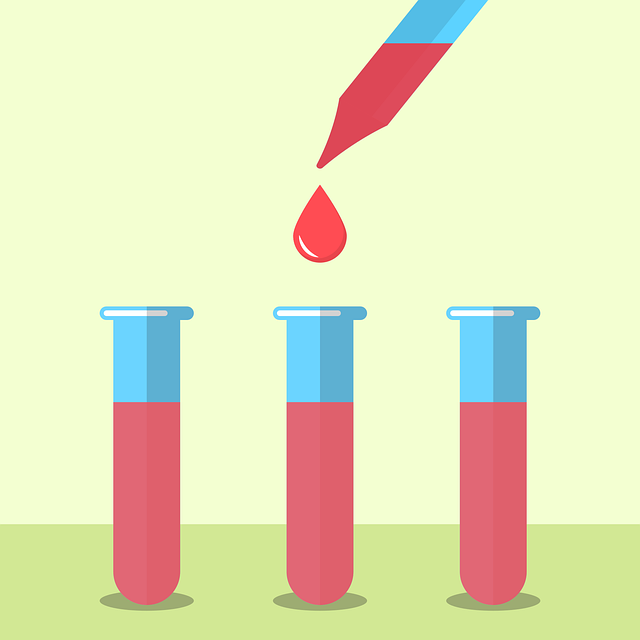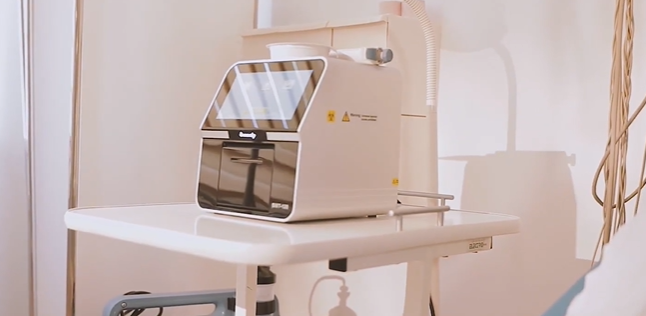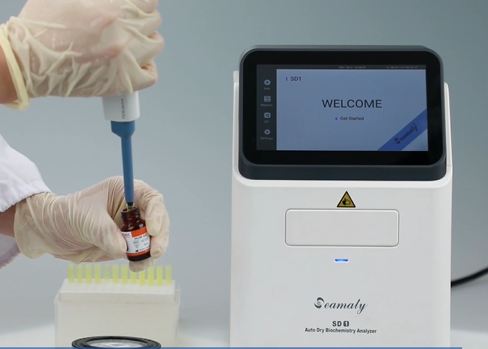Animal blood testing includes the collection and processing of blood samples, complete blood counts, ancillary bone marrow examinations, and performing routine coagulation tests. The following is a brief description of the collection and processing of animal blood samples, the method of collection, and the types of samples.
1. Sample Collection
The quality of the sample has an important impact on the accuracy of the test. The phlebotomist should determine what special tests are to be performed before collecting blood. Improper handling of blood may result in a blood sample that cannot be used for analysis or may lead to inaccurate test results.
It is best to take a sample before a meal or from an animal that has been fasting for a period of time. The choice of blood collection method and site depends on the species, the amount of blood required and personal preference.
2. Blood collection methods
-
a. Venous blood: preferred and easily available
-
b.Cephalic vein: when the amount of blood required is small
-
c.Saphenous vein: lateral saphenous vein in dogs, medial saphenous vein in cats Especially in temperamental cats
-
d.Jugular venipuncture: to collect large amounts of blood
Take care not to apply excessive pressure to the animal during blood collection. Use only the necessary bailout to immobilize the animal. Excitement and stress can cause splenic contraction, which can alter the results of red blood cell tests. The results of some white blood cell tests can also be affected.
Always make sure that the blood in the collection tube is in the proper amount to ensure that the blood is mixed with the anticoagulant in the correct ratio. Indicate the date and time of collection, the pet owner's name, the name of the sick animal and the sick animal's medical record number on the tube.
3. Blood sample types
1)Whole blood
Whole blood consists of cellular components (red blood cells, white blood cells and platelets) and plasma. To collect a whole blood sample, place an appropriate amount of blood into a container with an appropriate anticoagulant and gently mix the sample by turning the tube upside down several times.
If analysis is to be delayed, whole blood may be refrigerated, but plasma should never be frozen unless it is separated from its cellular components. If blood has been frozen, rewarm the sample to room temperature before analysis and shake gently before analysis.
2)Plasma
To collect a plasma sample, place an appropriate amount of blood in a container containing an appropriate amount of anticoagulant and gently invert the blood collection tube and shake well. The closed blood collection tubes are centrifuged at 2000-3000 rpm for 10 min to separate the fluid from the cells. The plasma can be kept refrigerated or frozen (depending on the specific requirements of the desired test) until analysis is performed.
3) Anticoagulant
Anticoagulants are used when whole blood or plasma samples are required. The choice of anticoagulant should be based on the needs of the test being performed.
Selection of anticoagulants
EDTA: The anticoagulant of choice for routine hematology studies. This is because it is more effective than other anticoagulants in preserving cellular morphology.
a.Heparin: only anticoagulates for 8-12 h. Heparin may cause cell clumping and poor staining.
b.Sodium citrate (blue head tube): used in coagulation tests. Causes changes in cell morphology.
c. Blood smears are best done with fresh blood or blood samples sampled within 1h and preserved in EDTA anticoagulation tubes.



